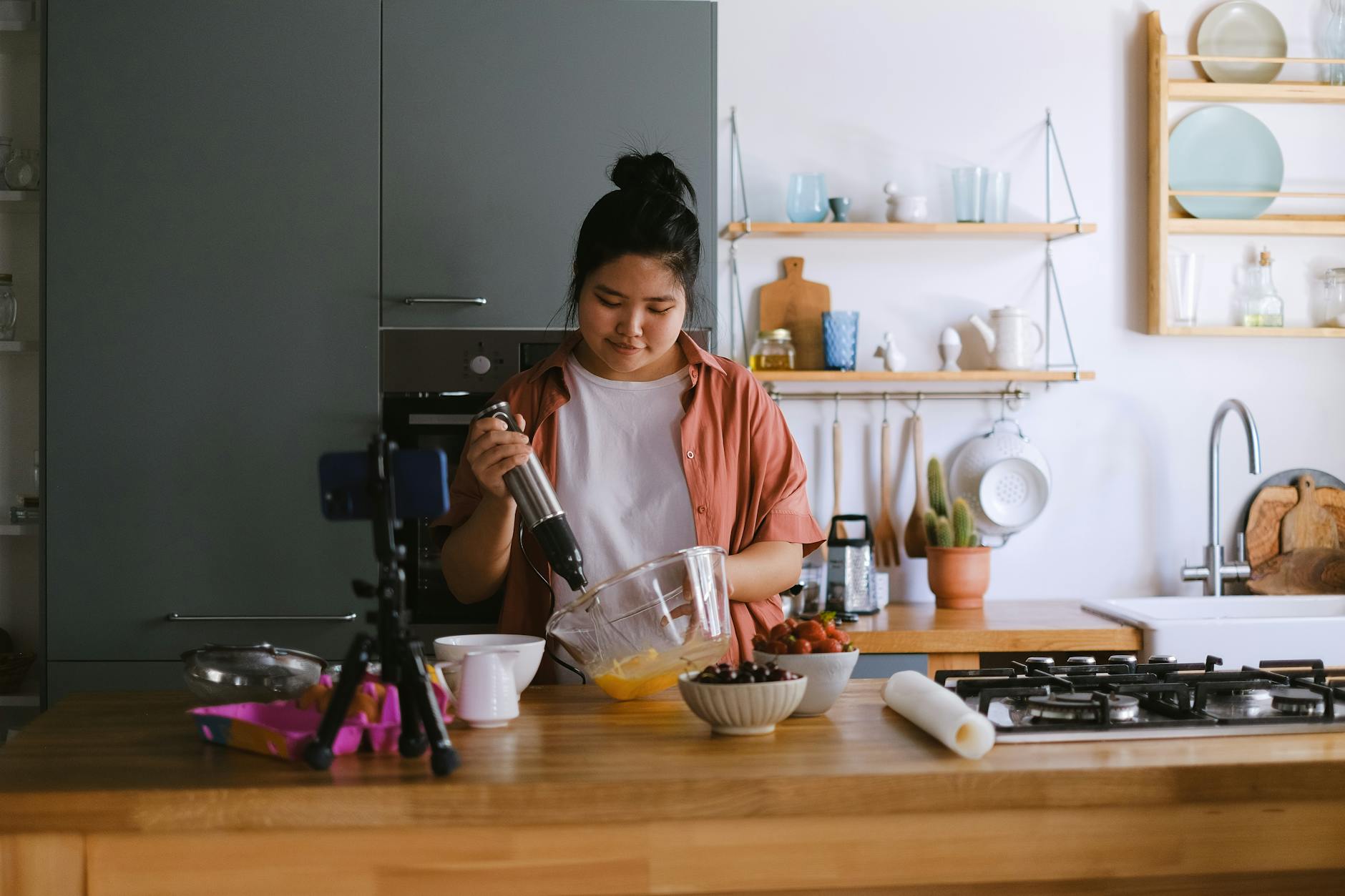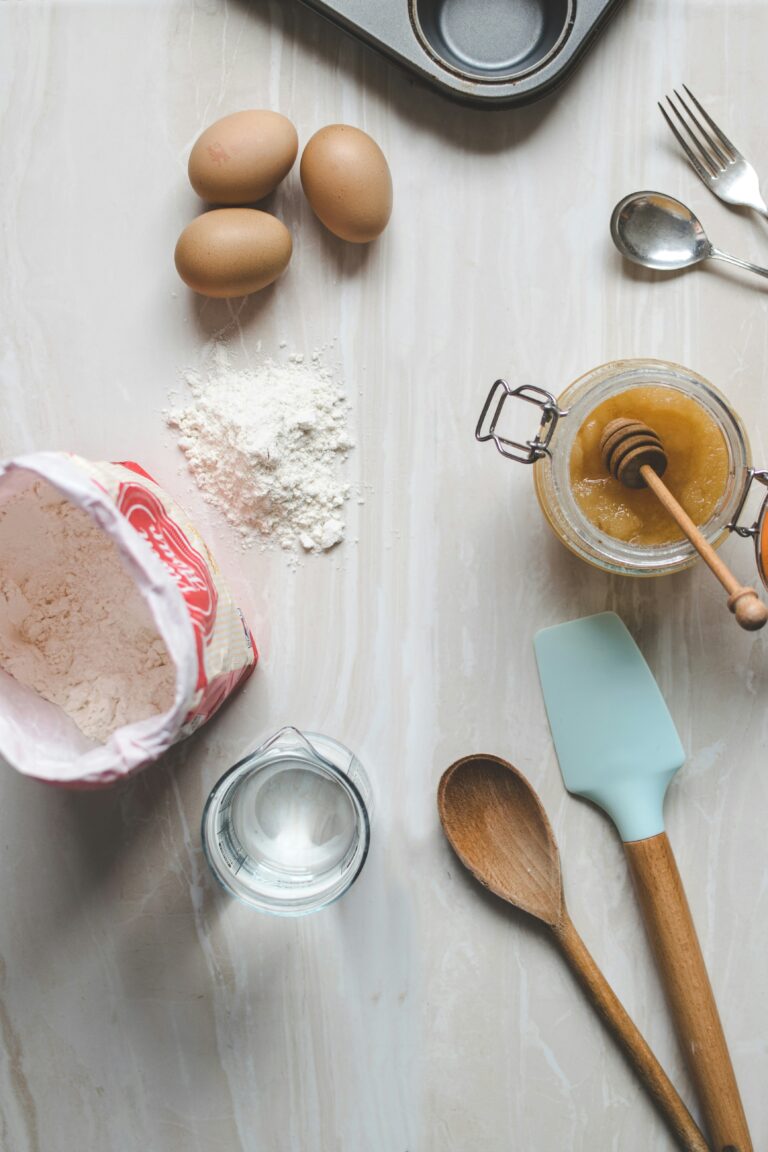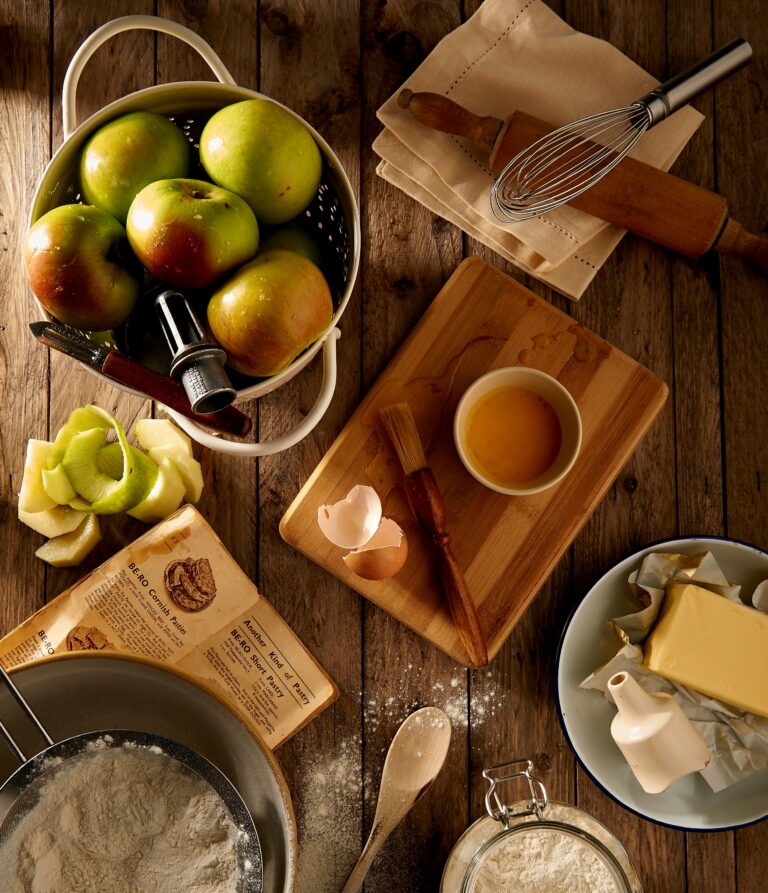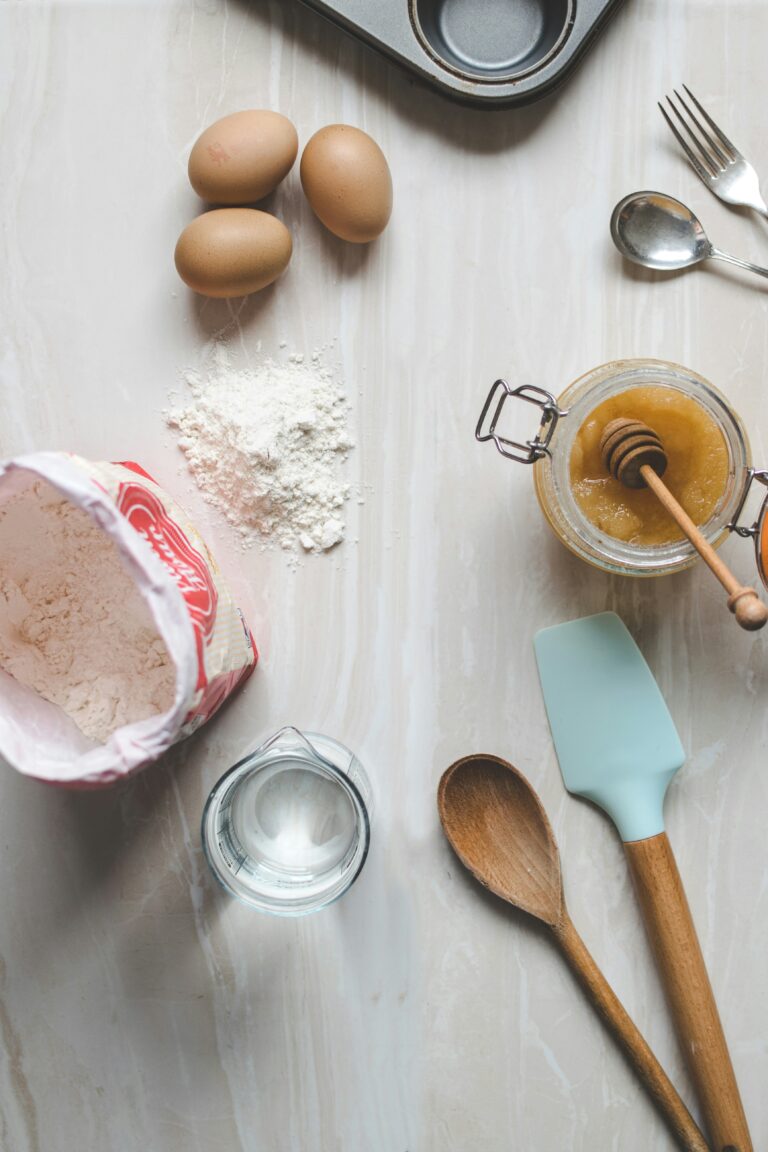The Foundation of Cooking
When it comes to whipping up a culinary masterpiece, the magic often lies in the details. Especially those pesky little measurements. It’s not just about throwing a pinch of this or a dash of that; even the smallest miscalculations can send a meal into chaos. Let’s sprinkle in some wisdom about why keeping your measurements in check is crucial in the kitchen.
Accuracy is King
Hitting the measure mark right is like nailing the perfect high note—your dish practically sings on the taste scale. It’s as much about crafting spells in flavors as it is about pleasing the eye. weigh it, pour it, count it—every bit needs its moment in the spotlight to ensure your entrée becomes the star of the show.
Cooking isn’t just about a bunch of ingredients; it’s a balancing act. Think of flavors and textures like a seesaw, where even a feather could tip the balance. From the heat of spices to the smoothness of your liquid ingredients and even the bulk of dry components, everything adds something essential to your pot or pan. Get it right, and you’re guaranteed a dish that’ll be music to anyone’s taste buds time and time again.
The Dangers of Getting it Wrong
On the other hand, botched measurements can spell doom for what could’ve been a mouthwatering success. Too much salt, and you’re left guzzling water; too little flour, and your cake turns into a pancake. These mix-ups do more than just mess with taste—they tweak the entire personality of your dish: rubbery instead of fluffy, bland rather than bold.
Cooking calls for everyone to be in the band, perfectly in tune. Slip up on the count, and you’ve got jazz when you’re aiming for a symphony. Whether you’re making a moist cake or a hearty stew, the right measure can be the difference between culinary brilliance and an edible question mark.
Dig deeper into the art of swapping between different units with our handy unit conversion guide and discover some neat tools and tricks to keep your cooking spot-on every time. Your taste buds will thank you.
Common Cooking Measurement Units
Cooking involves a symphony of flavors, and to get your culinary groove just right, nailing those measurement units is a must. Knowing how to flip those units around ensures your dishes won’t go rogue. Let’s dive into the world of cooking measurements and find out how to wiggle between them without a hitch.
Understanding Different Measurement Units
In the kitchen, it’s not about guessing—it’s about getting it right! Here’s the lowdown on the popular measuring bits and bobs:
- Teaspoon (tsp): Your go-to for sprinkling spices and adding that extra dash of flavor.
- Tablespoon (tbsp): Bigger spoon, bigger impact—ideal for staples like sugar and flour.
- Cup: Equal parts liquid and dry? No problem. This trusty measure holds up 8 fluid ounces or roughly 240 milliliters.
- Ounce (oz): Handy for weighing out butter, chocolate, and other crave-worthy ingredients.
- Pound (lb): Calling all meat lovers—perfect for weighing those hearty portions.
- Gram (g): For all you precision seekers, this metric buddy’s got your back.
Converting Between Measurement Units
Cooking from a recipe that’s swimming in foreign measures? No sweat. Here’s a quick conversion guide that’ll have you cutting through measurements like a pro:
| From\To | Teaspoon (tsp) | Tablespoon (tbsp) | Cup | Ounce (oz) | Pound (lb) |
|---|---|---|---|---|---|
| Teaspoon | 1 | 1/3 | 1/48 | 1/6 | 1/768 |
| Tablespoon | 3 | 1 | 1/16 | 1/2 | 1/256 |
| Cup | 48 | 16 | 1 | 8 | 1/2 |
| Ounce | 6 | 2 | 1/8 | 1 | 1/16 |
| Pound | 768 | 256 | 2 | 16 | 1 |
Once you’ve got these conversions under your toque, you’ll be unstoppable in the kitchen. Ready to conquer any recipe, you’ll cook with confidence and bask in your culinary wins. For more nitty-gritty conversions, check out the how many grams in a cup guide and keep your measuring game on point.
Key Tools for Precision
Cooking’s way more than just flinging stuff into a pot; it’s all about being exact. To hit the bullseye with your measurements, the right gadgets make all the difference. Think of measuring cups and spoons, along with trusty kitchen scales, as your best pals in the quest for cooking precision.
Measuring Cups and Spoons
If you’ve ever wondered how to make your cake rise instead of sink, measuring cups and spoons could be your secret weapon. Available in a motley crew of sizes, they’re spot-on for measuring both powdery and liquid things. For stuff like flour, don’t just dunk the cup in—spoon it in and smooth it out. Liquids like milk or oil? Use a cup with those easy-to-read lines and you’ll nail it every time.
Treat these bad boys right, and you’ll add just what a recipe calls for, making you one step closer to Gordon Ramsay. Remember, not all cups are created equal. Dry and liquid measuring cups serve different masters. Curious about conversions? Check out how many grams in a cup solid if you want to dig deeper.
Kitchen Scales for Weight Measurements
Scales in the kitchen are like the leap from dial-up to broadband. When baking demands precision, they swoop in like superheroes. Unlike a cup or spoon that eyeballs it, a scale gives you weight—that’s as precise as it gets. Want that loaf perfect every time? Weigh your flour, sugar, and butter.
Kitchen scales are fluent in grams and ounces, making it a breeze to adjust recipes to suit your mood or family size. Plus, they’re super handy if you’re watching what you eat—like ensuring you’re getting the right grams of protein. Curious? Explore how many grams of protein in a cup for more on dietary accuracy.
Mixing measuring cups with trusty scales gets you ready to whip up culinary masterpieces with geeky precision. From grand feasts to Instagram-worthy baked goodies, these gadgets set you on the road to delicious success. Bake on, my friends, and let these tools help you nail that recipe, every single time!
Baking vs. Cooking Measurements
When diving into the delicious world of food prep, getting the measurements right can make or break your culinary masterpiece. Baking and cooking, though both delicious, have quite different attitudes when it comes to measuring up.
Importance of Precision in Baking
Ever wonder why they call baking a science? It ain’t just for kicks! Baking flips out over numbers. It’s all about those precise measures and ratios to make sure you’re not ending up with brick-hard bread instead of fluffy cake. A wee bit too much or too little of an ingredient can transform your baked goodies into something totally unexpected—and not in a good way. Flour, sugar, butter—the gang’s all here, and they like to hit the dance floor strictly by the book. Trusting those tried-and-true numbers ensures your treats come out just right every single time. Curious about the nitty-gritty of measuring stuff like protein powder? Check out our post on how many grams of protein powder in a cup.
Flexibility in Cooking Measurements
Cooking? Whole different story. It’s like your chill buddy who lets you bend the rules. You get to make it your own. Want more spice? Go for it! Trying to use up veggies before they wilt? Throw ’em in! Cooking doesn’t sweat the small stuff as much as baking does. You can tweak and twist the recipe based on what’s in your pantry or whatever fits your taste buds. If you’ve got to switch things up for a diet, for instance, you’ve got plenty of wiggle room. Peep some tips on making your dishes fit with dietary needs at our page on adjusting ingredients for dietary restrictions.
Knowing where to be exact and where to let loose gives any food lover a leg up. Nail the balancing act between being precise and getting creative and you’ll take your eats from meh to mmm. Enjoy the fun of trying out and fine-tuning your culinary adventures, and share the tasty love with whoever’s lucky enough to munch on your creations.
Tips for Accurate Cooking
Cooking’s magic often lies in getting those ingredient amounts just right. A little off here or there, especially with baking, and your masterpiece may become a mystery. Here’s how to keep your measurements spot-on:
Properly Spooning and Leveling Dry Ingredients
Dry ingredients like flour, sugar, or spices need a little TLC to ensure precision. Try this:
-
Spoon It In: Grab a measuring cup meant for dry stuff and gently spoon your ingredient into it. No packing it down, no shaking or tapping—that’s a no-no because you’ll end up with too much.
-
Level It Out: Take a flat edge like a knife or spatula and run it across the top of the cup to get rid of the overflow. Making it level is the name of the game.
The goal is to avoid balance issues in your dish by keeping dry ingredients neither too little nor too much.
Techniques for Measuring Liquid Ingredients
Liquids like water, oil, or milk are a whole other ball game and need their special treatment:
-
Pour with Proper Tools: Use a see-through measuring cup made for liquids. Place it on a flat surface, and pour carefully. Get down to eye level to ensure your liquid hits the mark.
-
Watch the Meniscus: Liquids curve up at the edges, making a meniscus. The number you’re eyeing lines up with the bottom of that dip for true accuracy.
Nailing liquid measurements keeps your dish’s texture and taste just the way you want it.
For more cooking tips, dive into our guides on about how many grams in a cup and how many grams are in a cup of milk.
Adapting Recipes for Quantity
Cooking isn’t just about tossing ingredients together; it’s about tweaking things so everyone at the table gets a tasty bite. This bit’s all about upping your game: how to make recipes bigger or smaller and swapping stuff for those with dietary quirks.
Scaling Recipes Up or Down
Got a crew coming over or just cooking for you and your Netflix account? Either way, knowing how to resize your recipe is like knowing the cheat code for the foodie universe. Don’t worry, just tweak the ingredient amounts to fit your crowd and keep the flavors popping like they should.
Here’s a handy-dandy cheat sheet for super-simplified recipe math:
| Original Recipe | How to Adjust |
|---|---|
| 1 cup flour | Need more? Think: 2 cups flour |
| 1 tsp salt | Less is more? Go with: 1/2 tsp salt |
| 1 cup sugar | More sugar, more love: 3 cups sugar |
Stick to the right mix of stuff when you’re scaling, and you won’t have a kitchen disaster on your hands. Want more tips on changing measures? Check out our guide on how many grams in a cup solid?.
Adjusting Ingredients for Dietary Restrictions
Seems like almost every meal-time now has a special request, whether someone can’t do dairy or they’re dodging gluten. Swap out a few items, and boom, you’ve got a meal everyone can chow down on without worry.
Here’s how to handle the picky eaters and dietary divas:
- Yogurt not your guest’s thing? Almond milk to the rescue—lactose-free yumminess.
- Not digging gluten? Almond flour’s your new best friend.
- Vegetarian or vegan pals? Swap chicken broth for veggie broth, and you’re golden.
When you change things up to fit everybody’s needs, you turn into the host with the most, and trust us, your guests will appreciate it. Need more swapping smarts? Dive into our tips on how many grams of protein in a cup of ground turkey?.
So, flex those recipe-modifying muscles, and you’ll be the star of every potluck. It’s all about mixing creativity with precision—serve up dishes your guests will rave about long after the last bite!





